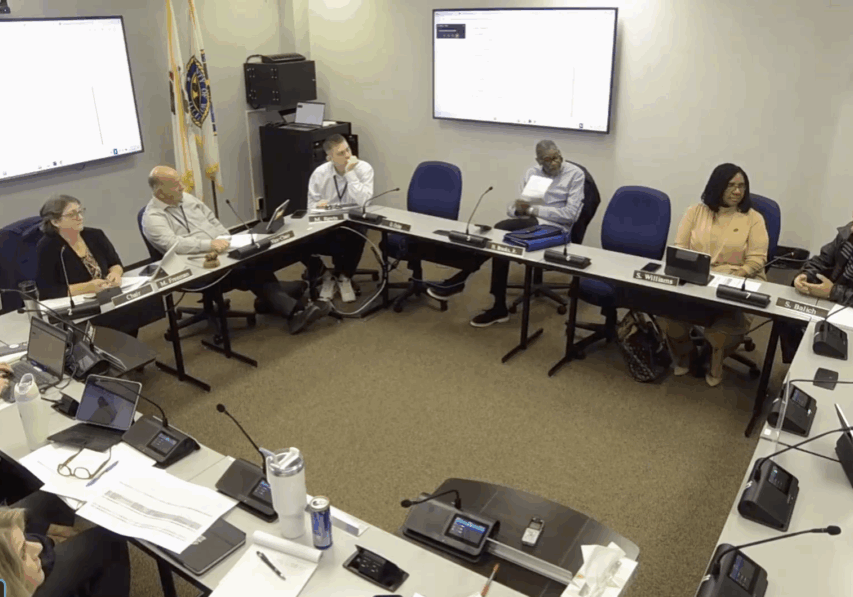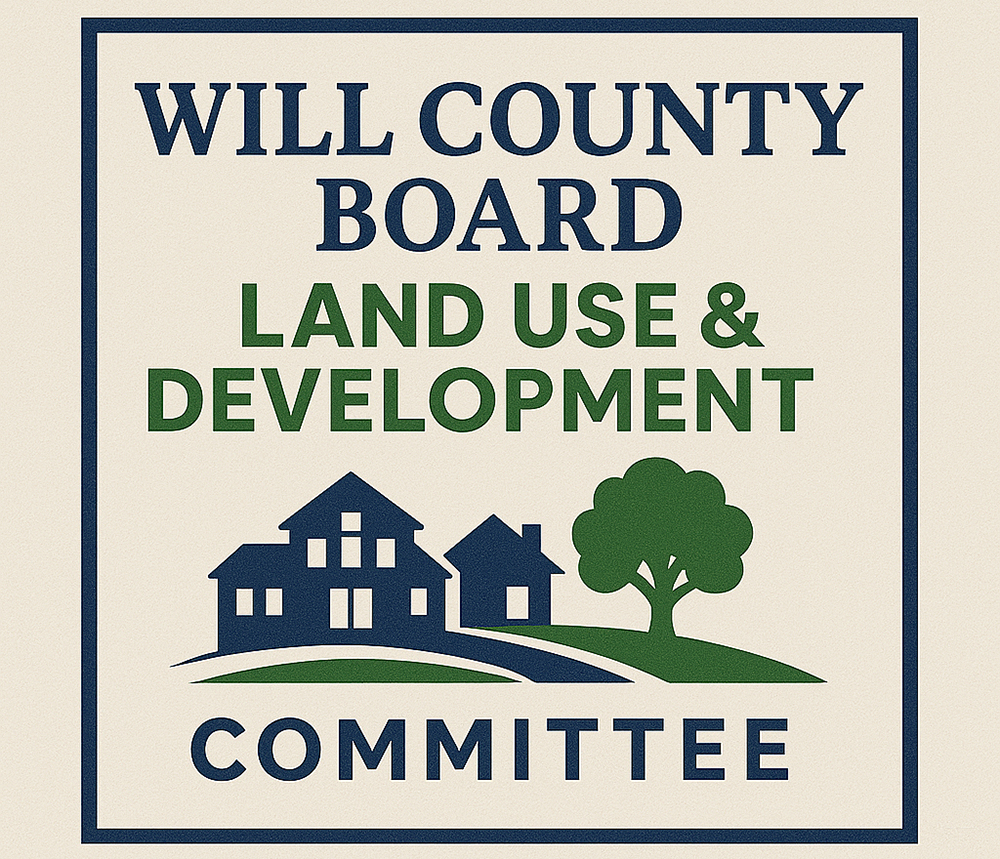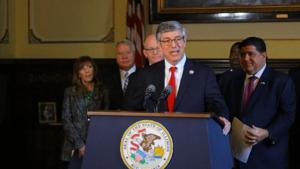
Will County Saves Nearly $5.74 Million in Bond Refinancing, Explores Future Borrowing Options
Will County Capital Improvements & IT Committee Meeting | November 4, 2025
Article Summary: The Will County Board’s Capital Improvements & IT Committee learned that the county has successfully saved nearly $5.74 million by refinancing existing bonds. A financial advisor also presented scenarios showing the county could borrow between $104 million and $151 million for future large-scale capital projects while keeping its annual debt payments stable.
County Financial Health Key Points:
-
A bond transaction that closed on October 15, 2025, will save the county a total of $5,739,302 in debt service payments.
-
The transaction involved refinancing bonds from 2015 and 2016 and restructuring a portion of the county’s 2020 bonds.
-
Will County currently has just over $291 million in total outstanding general obligation bonds.
-
The county maintains high credit ratings of Aa1 from Moody’s Investors Service and AA+ from Standard and Poor’s, one notch below the highest possible rating.
The Will County Board’s Capital Improvements & IT Committee on Tuesday, November 4, 2025, received a detailed financial presentation outlining nearly $5.74 million in savings from a recent bond refinancing and exploring the county’s capacity to borrow for future capital needs.
Anthony Miceli, Senior Vice President of the county’s independent municipal advisor Speer Financial, described the outcome of the October 15 bond transaction as “really fantastic” for the county. The deal involved refunding, or refinancing, the county’s 2015A and 2016 bonds at more favorable terms.
A more complex part of the transaction involved the county’s Series 2020 bonds. Miceli explained the county used a unique “tender” process, reaching out to current bondholders and offering to buy back the bonds at a discount. Because interest rates have risen since 2020, some investors were willing to sell the low-interest bonds back to the county, allowing them to reinvest their money at higher rates. The county then reissued new bonds to cover the purchase, locking in savings.
“It was a very unique opportunity because those holders held taxable bonds at such low interest rates,” Miceli told the committee.
In total, the county purchased back about 22% (34.5 million of the 2020 bonds through a tender offer and refinanced another 33 million) through an advance refunding process. The combination of maneuvers from the October transaction resulted in total debt service savings of $5,739,302.
Miceli noted that this was the second time the county had generated savings from this block of debt. The original 2020 bond issuance was itself a refinancing of 2012 and 2016 bonds that saved the county over $20.5 million at the time. “The entire kind of financing program, if you think about it as one, total savings of the county was over $24.3 million all in,” he said.
Following the transaction, Will County’s total outstanding general obligation debt stands at just over $291 million. Miceli emphasized the county’s strong financial position, highlighted by its high credit ratings of Aa1 from Moody’s and AA+ from Standard and Poor’s, both of which are one level below the highest possible AAA rating. Key factors contributing to the high ratings include the county’s strong financial management, healthy reserve levels, and what credit agencies characterize as a “low debt burden.”
To maintain these ratings, Miceli cautioned against potential risks, including significant drawdowns of the county’s reserve funds, decreases in pension contributions, or a “significant and unexpected increase in debt.” Moody’s specifically noted that allowing the county’s fund balance to approach 30% of annual revenue, down from its current level of approximately 50%, could create “downward pressure” on the rating.
Looking ahead, Miceli presented three potential scenarios for borrowing money for future capital projects. With older bonds related to road projects maturing after 2030, the county has an opportunity to take on new debt while keeping its total annual payments level at around $25 million.
-
Scenario 1: A single, 20-year bond issuance in 2027 could generate approximately $114.1 million in project funds.
-
Scenario 2: Splitting the borrowing into two parts, one in 2027 and another in 2030, could support a combined total of $131.4 million in bonds, yielding about $142.6 million in funds.
-
Scenario 3: A three-part issuance in 2027, 2029, and late 2030 could generate the most, supporting $142.8 million in bonds with proceeds of roughly $151.2 million.
The presentation provided the committee with the financial framework needed to begin discussions on a long-term capital improvement plan.
Latest News Stories

TSA agents who worked throughout shutdown to receive $10,000 bonus

Boeing to pay $36M to family of Indian woman killed in Ethiopia Air crash

Pro-life org invests $80M into 2026 midterms, will reach 10.5M voters

Refilling Strategic Petroleum Reserve begins

WATCH: Lawmakers call out Pritzker for lack of transparency with budget cuts

Report: Barriers to social mobility largely manmade

Fetterman hospitalized for heart episode

IL congressman pushes military to accept CLT, experts say it could shape education

Federal services to slowly recover following end of government shutdown

New Lenox Solar Farm Gains County Committee Approval with Conditions

Committee Approves Frankfort Township Gaming Bar on Split Vote

Crete Township Senior Group Home Gets Unanimous Committee Support


